Rats are a common rodent species in human life. Although small in size, they possess strong survival and adaptation abilities, allowing them to exist and reproduce in various environments.
How Dangerous Are Rats?
Rats are carriers of various pathogens, and their feces, urine, and saliva can harbor bacteria, viruses, and parasites.
When these pathogens enter the human body, they can cause a range of diseases such as rat-bite fever, plague, pneumonia, and diarrhea. Additionally, rats can contaminate stored food and drinking water, posing significant health risks to humans.
Rats are omnivorous, capable of eating a wide variety of foods and crops, including grains, vegetables, and fruits. In agricultural fields and warehouses, rats also burrow and create nests, loosening the soil and severely affecting crop development.
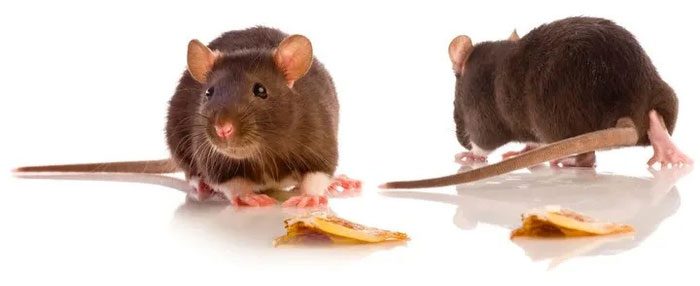
Rats are carriers of various pathogens.
Rats have sharp teeth that allow them to gnaw through various materials such as electrical wires, pipes, wooden furniture, and more. Inside homes, rats will also burrow and nest, compromising the structural integrity of buildings and posing significant safety risks.
Methods to Eliminate Existing Rats
Chemical control involves the use of chemicals, poisons, sprays, and other measures to prevent and combat rats. While common chemicals can kill rats quickly, they can also cause significant harm to the environment and human health. Therefore, it is essential to carefully control the types and dosages used to avoid harming the environment and human bodies.
Biological control employs natural predators, carnivorous animals, and other biological agents to manage rat populations. Biological agents use non-toxic methods that do not pollute or harm the environment. However, their effectiveness is not as significant as that of chemical control methods.
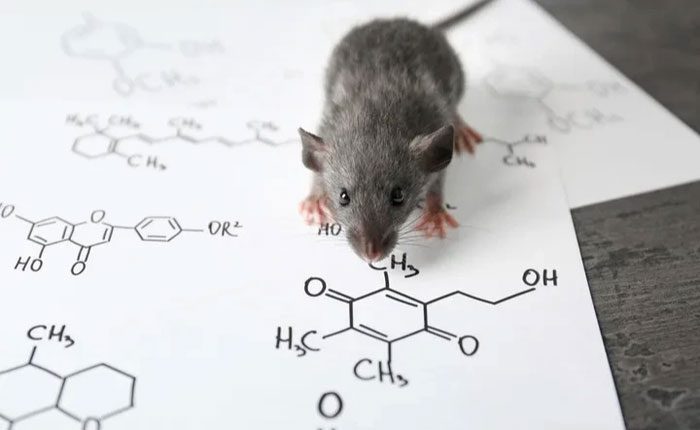
There are many measures to eliminate rats.
Electronic control involves the use of specialized electrical devices to manage rats. These devices typically emit sound or electrical waves to interfere with the psychological behavior and habits of rats, aiming to drive them away.
This method of control does not harm the environment or human health, but its effectiveness is greatly affected by the environment and the awareness of the rats. In more complex environments, the results may not be ideal.
Rodent control robots are a new technology that typically use lasers or electric pulses to directly eliminate rats.
Due to their relatively high level of automation, preventive and control tasks can be performed at night and during other times when humans cannot be present. Compared to chemical control, it is less harmful to the environment and human health. However, the hardware costs for robots are relatively high, requiring certain technical support and maintenance.

Rats are short-lived animals with high reproductive capabilities.
Challenges in Rat Control
As short-lived animals with strong reproductive capabilities and high survival rates, rats exist in large numbers. According to statistics, over 20 million tons of food is damaged or contaminated by rats worldwide each year. Therefore, completely exterminating rats is extremely challenging.
The reproductive capacity of rats is very strong; a female rat can give birth to 5-10 litters a year, with each litter containing 4-12 offspring. Young rats can reach sexual maturity in about 40-60 days, allowing a single female rat to produce hundreds of offspring within a year. This rapid reproductive rate makes controlling rat populations very difficult.
Rats also possess strong survival abilities and can adapt to various environments, including cities, villages, deserts, and forested areas, while also adapting to different diets and lifestyles.
Given rats’ strong adaptability to their surroundings, it is essential to consider their environmental adaptability when exterminating them.
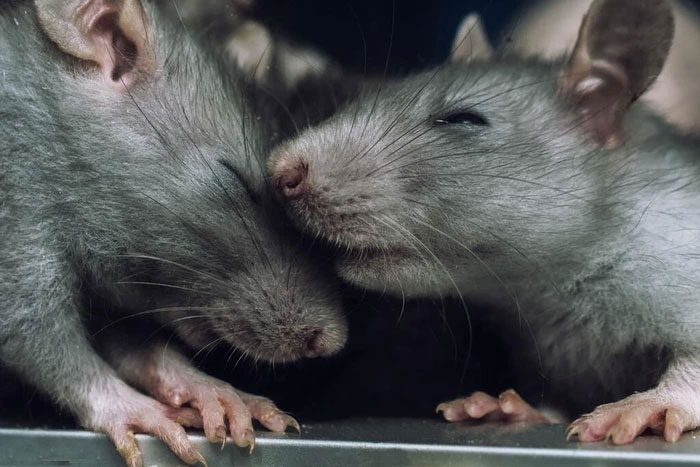
Rats can quickly adapt and learn from their environment.
One should not underestimate the IQ of rats; they can rapidly adapt and learn from their environment, as well as avoid the preventive and control measures implemented by humans.
<pTherefore, applying appropriate strategies during the extermination process is crucial to achieve the desired control effectiveness.
How to Get Rid of Rats
Currently, it is very difficult to completely eradicate rats, but there are several methods to prevent their reproduction and spread.
Breeding natural predators is the oldest and most practical method for controlling rodents. Some animals, such as cats, dogs, and birds of prey, are natural enemies of rats, and their populations can be encouraged to help control rats.
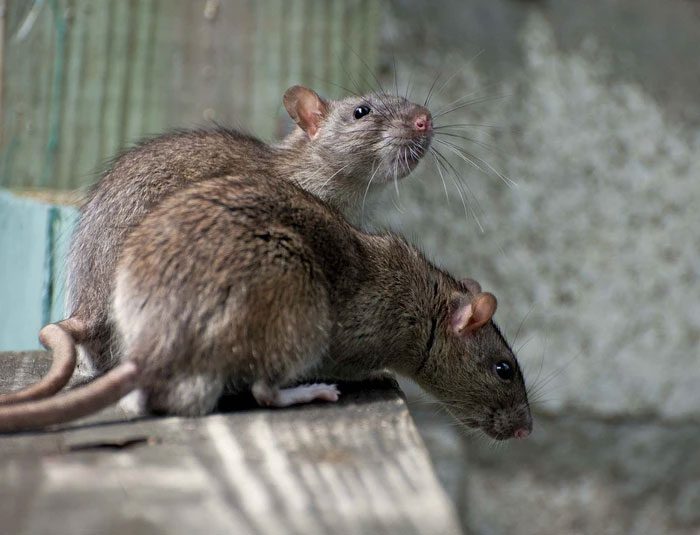
Breeding natural predators is the oldest method to eliminate rats.
The advantage of this method is that it is environmentally friendly, non-toxic, and does not cause pollution, but it has relatively significant limitations, requiring suitable conditions and professional staff to implement.
Rats prefer to hide in dark, damp places, trash heaps, and other areas, so it is essential to manage these environments well to limit their living spaces. Regularly cleaning waste, repairing leaks, sealing cracks, and blocking holes are all effective ways to control rats’ habitats.
The use of chemical agents is a commonly used method for rat control, but it poses environmental pollution issues and health risks to humans. Therefore, when using pesticides, it is crucial to carefully control the dosage and type of chemicals, opting for non-toxic and non-harmful options to minimize environmental and health impacts.
The use of electrical devices is a non-toxic prevention and control method. These devices are extremely easy to operate but must be placed correctly to ensure that rats cannot escape. Different types of devices have various functions and effects. Some common electrical devices include rat traps, electronic repellents, and insect-killing lights, among others.
In fact, some successful rat control campaigns have eliminated large populations, even nearly all of them. However, the surviving rats possess certain characteristics that allow them to “adapt” better—avoiding bait attacks, traps, and other lethal sources.
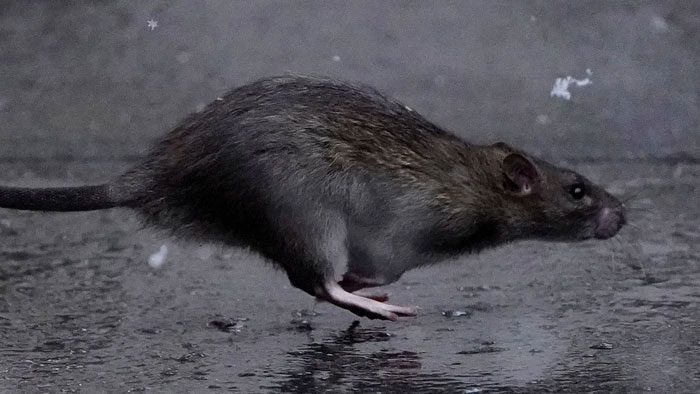
To comprehensively control rats, we need to focus on long-term goals.
These surviving rats continue to give birth to more offspring, inheriting similar adaptive traits from their parents. Therefore, at present, we do not have any methods to completely eradicate rats.
To control rats comprehensively, we need to focus on long-term and sustainable goals, reducing the rat population to an acceptable threshold using various tools, such as poisons, dry ice, and even contraceptive measures to decrease their reproductive capabilities.


















































